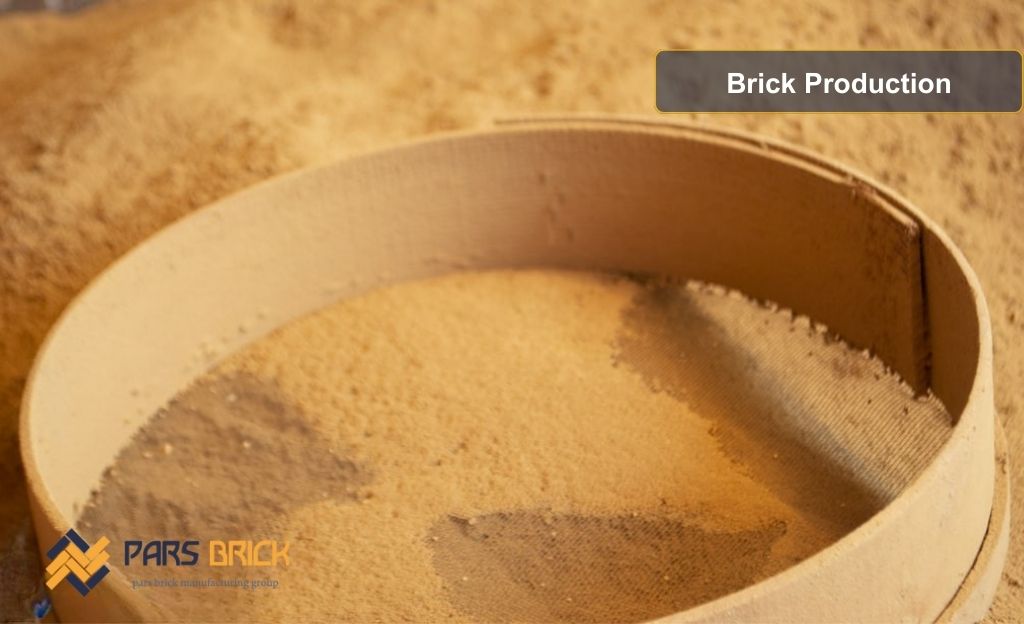The Stages of Brick Firing Are as Follows
Clay Preparation
In the brick-firing process, the clay selected for making bricks does not need to be pure clay. It is sufficient for the clay to be free of impurities such as wood, coal, or plant roots. This is because these materials burn away inside the kiln during the firing process, leaving voids that weaken the brick’s strength.
For more information, feel free to check out our fireclay
Soil Conditioning
Soil conditioning refers to preparing the clay to ensure it is uniform and free of lumps or foreign materials, especially organic matter. To achieve this, the clay is aerated and ground. For higher-quality bricks, the clay is also washed. After drying, it is passed through special sieves to separate coarse particles. Once the materials are prepared, they are either taken directly to the molding area for immediate use or stored in special silos for later use.
This detailed process ensures that the clay is properly prepared, resulting in bricks that are strong, durable, and suitable for construction purposes.
Mixing the Clay
Approximately 20% of the soil’s weight in water is added to it. The water used must be free of impurities and should not react chemically with the clay during the various stages of brick-making. After adding the water to the clay, it is thoroughly mixed to ensure that all particles come into contact with the water and are fully moistened. The mixture is then left to rest for a while, allowing the water to gradually penetrate all the clay particles, ensuring that the entire mass becomes evenly wet and forms a uniform, dough-like consistency.
For more information, feel free to check out our Brick facade
Kneading the Clay
The prepared mixture is then kneaded, often by stomping on it, to further homogenize the clay and break up any lumps that may not have fully absorbed the water. This process helps ensure a smooth and uniform texture. The amount of water in the mixture must be kept to a minimum—just enough to make shaping the clay possible. This is because the more water the mixture contains, the harder and more expensive it becomes to dry the molded bricks. Additionally, as the water evaporates during the drying process, it leaves voids in the brick, leading to a weaker and more porous final product.This careful balance of water and clay is essential to creating high-quality bricks that are both durable and efficient to produce.
Molding or Brick Shaping
In older brick factories, the brick shaping process was done manually. A wooden mold would be crafted in the desired shape of the brick to be produced. The prepared and ready clay mixture was then hand-packed into the mold. Using their fingers, workers ensured that all empty spaces within the mold were completely filled. The surface of the clay was then smoothed and polished by hand to create a neat finish.Since the mold had no bottom and was essentially just a wooden frame, it was carefully lifted away, leaving the molded bricks in place. This traditional method of brick shaping relied heavily on precision and manual labor, ensuring each brick was properly formed and ready for the next stages of production.
For more information, feel free to check out our traditional brick
Drying the Bricks
A few hours after the bricks were shaped, once they had hardened enough to retain their geometric form, they were carefully lifted and stacked side by side on their narrower edges. This arrangement exposed more surfaces of the bricks to the airflow, helping them dry faster.However, due to the lack of technical precision in this method, two significant issues arose. First, the surface of the bricks often became uneven. Second, because the outer surface dried faster due to exposure to the wind, while the core of the brick still retained moisture, cracks would inevitably form on the surface. These cracks occurred as the moisture from the core tried to escape to the outer layers.This traditional drying method, while simple, often compromised the quality and uniformity of the bricks.











